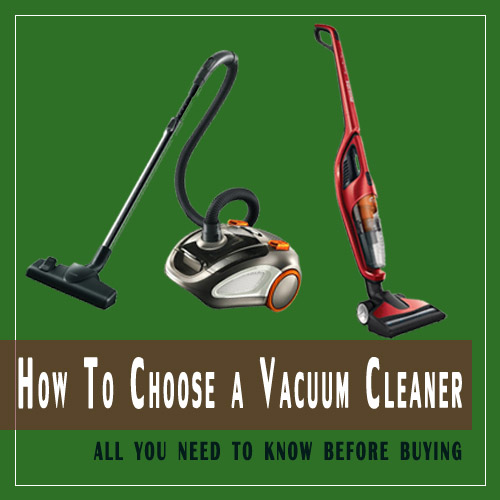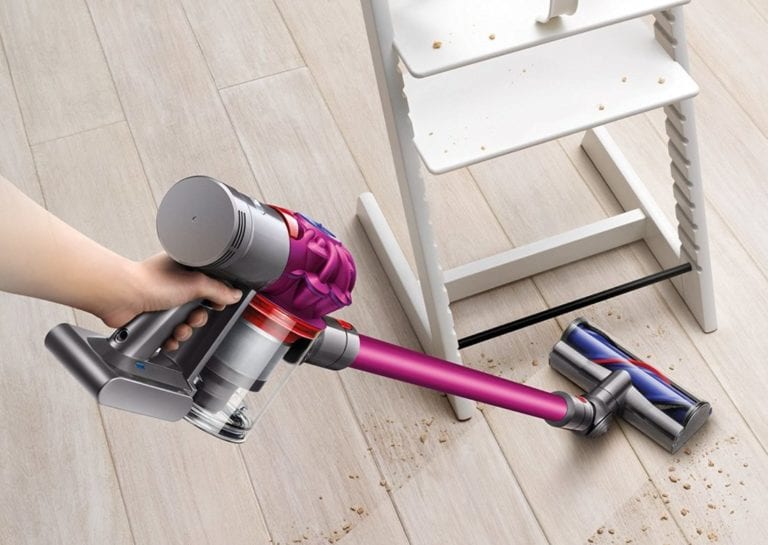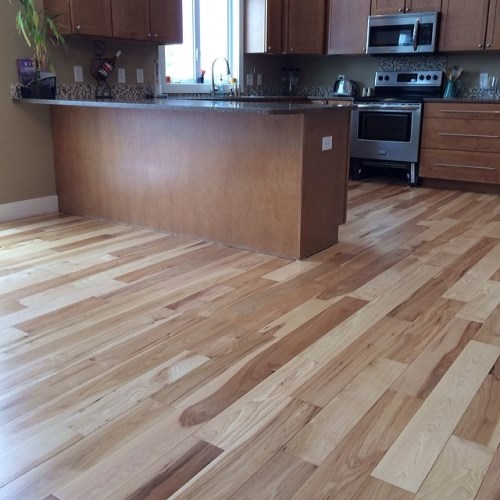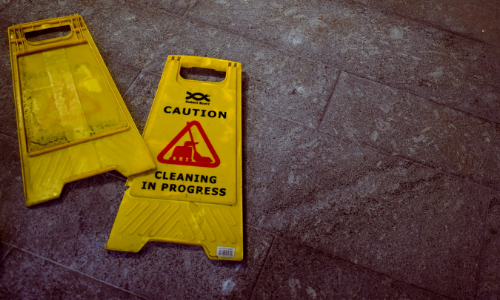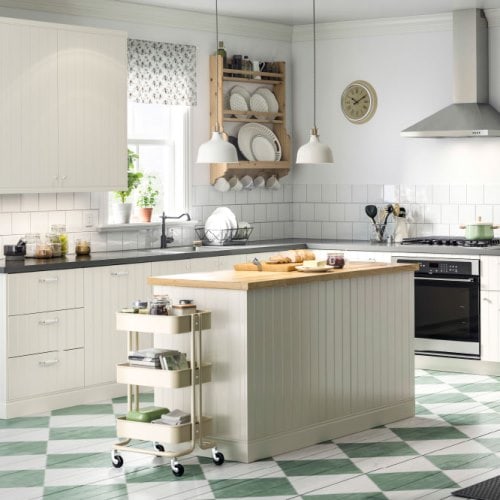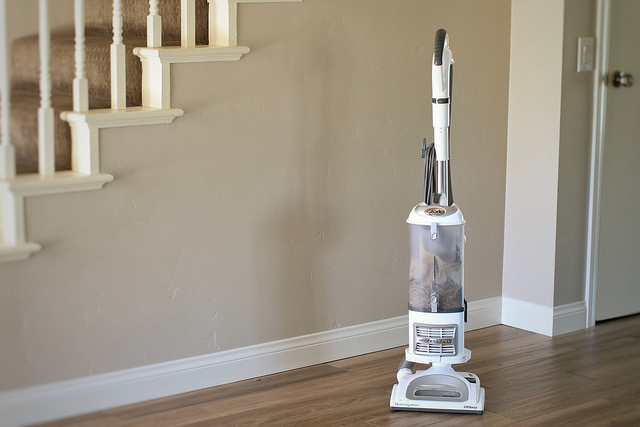How To Use A Vacuum Cleaner | Best For Your Home
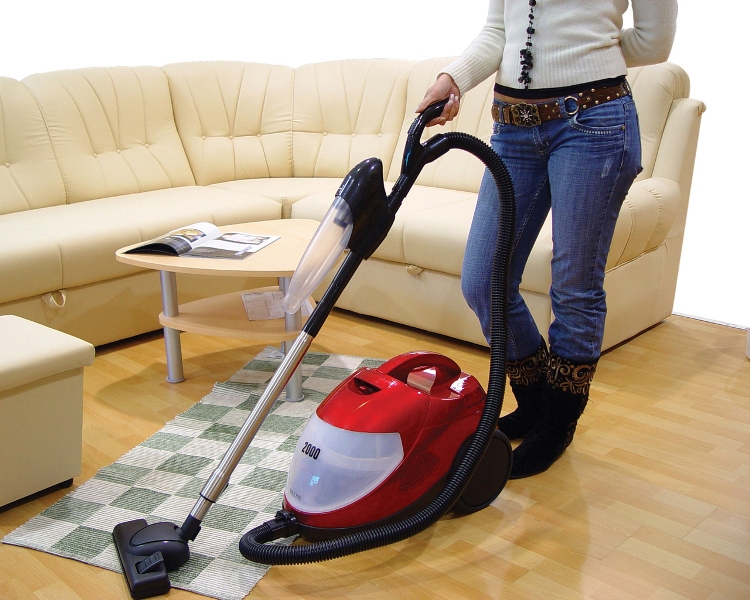
Do you really know how to use a vacuum cleaner? Sure, turning it on and moving it back and forth is simple enough, but there’s more to it than that. One would think that using a vacuum cleaner needs little explanation, but is that true? You may have used a vacuum cleaner most of your life, but are you using it correctly? How do you know if you’re following the best practices? Read on to discover instructions on how to use vacuum cleaner like a pro.
Before we discuss the best practices on how to use a vacuum cleaner, let’s first learn a little science lesson regarding suction.
How to Use a Vacuum Cleaner: It all starts with the science of suction
The simplest example of suction occurs when using a straw in your favorite beverage. Sucking the straw causes more pressure at the bottom of the straw than at the top. The soda moves to the area with less pressure, which is at the top of your straw by your mouth. This is how we drink with a straw.
The vacuum works similarly.
When you plug in your vacuum and turn it on, the electric current operates the motor. The motor is attached to a fan. As the fan’s blades turn, they force the air created upwards toward the exhaust port of your fan. When the air is driven upward, the pressure increases in front of the fan and decreases behind the fan. This is where the straw analogy comes into play.
The pressure level in the area behind the fan drops below the pressure level outside the vacuum cleaner. This creates suction. The outside air pushes itself into the vacuum cleaner through the intake port because the air pressure inside the vacuum is lower than the pressure outside the vacuum.
Related Article: Lightweight Vacuum Cleaners
This may explain how air moves through a vacuum, but it does not explain how dirt and debris are collected inside it. Here’s how dirt is collected. As the outside air moves inside the vacuum, the moving air particles rub against dirt and debris. If the dirt is light enough and the suction is strong enough, the dirt is carried inside the vacuum with the air moving from a high-pressure situation to a low-pressure one.
As the combination of air and dirt move through the vacuum, it passes into a vacuum cleaner bag or a filter. The tiny holes in the bag or filter allow the air to pass by but keep the dirt particles inside. The dirt and debris collect in the bag or on the other side of a filter in a container. This collection container is usually the last space the air travels through before leaving the vacuum at the exhaust port.
This process is usually helped along with a rotating brush. A brush often knocks the dust and dirt loose from the surface. That way, the air stream can pick it up.
For the most part, this describes the basis for the design of most vacuum cleaners. The design has changed and improved throughout the years.
In the 1980s, James Dyson changed the basic design of the vacuum to create a cyclone system. This system does not use a filter or a bag. Filters and bags often cause the suction of a vacuum to decrease over time. Dyson’s plan sends the air stream through one or more cylinders in a spiral pathway. As the air moves forcefully in a circular path, the dirt and debris experience centrifugal force. In this model, the dirt is whipped outward, away from the air stream, and falls to the bottom of the cylinder.
If this is the basic design of the vacuum, why are there so many different brands and models of the same brand? The answer is complicated, but it involves price, design, and usage.
Now that you have a basic understanding of the physics behind using a vacuum, let’s learn the best practices on how to use a vacuum.
Step by Step: How to use a vacuum
First, pick up everything on your floor. Remove the shoes, toys, phone chargers, and decorations. Once a month, consider moving small or light furniture. A couple of times a year, remove the large furniture.
Have you ever watched new carpet being installed in your home? Are you embarrassed by the amount of dirt that is discovered when the old carpet is removed? To keep your home as dirt-free as possible, it is important to first use the crevice tool around the outside edge of your room. The soil that makes its way under the carpet does so by working its way there from the edges of the room.
Use this crevice tool to vacuum under raised furniture in your room. Dirt and hairballs accumulate underneath the furniture. You don’t want a tumbleweed of hair to make its way out from underneath your couch when your mother in law is visiting.
Once you have finished with the hose and attachments, select the correct vacuum setting for the surface you are cleaning. Most vacuums allow you to choose from between a hard floor surface all the way up to shag or thick-ply carpet.
Once you have used the crevice tool, vacuum your room horizontally. Go slowly enough to allow the brushes to do their work and dislodge the dirt and debris from your carpet’s fibers. Make sure you overlap the strokes as you move throughout the room.
Related: Best Canister Vacuums
While you are going across the carpet horizontally, look for stains on your carpeting. Stop each time you see a stain and treat it with either an over the counter product or an at-home remedy.
Once you have worked your way across the room horizontally, start at the farthest corner away from the door and work your way backward vertically. Not stepping on the carpet that has already been vacuumed will keep the fresh vacuum tracks intact.
While vacuuming in two different directions may feel like overkill, this is an especially necessary tactic for those with pets. The dirt and hair from your pet can become stuck to the fibers of your carpet. Moving the carpet across two different directions will help dislodge that dirt from the carpet fibers.
Those of you with pets may also add a step to this process. Purchase a large container of baking soda or powdered room deodorizer. Sprinkle this liberally on your carpet and vacuum it up to remove the odors associated with pets. No one wants a visitor to walk into your house to smell and dog or a cat first thing.
Now that we understand how a vacuum works and the best practices on how to use a vacuum cleaner, let’s discuss ways to use your vacuum in your house for other uses than cleaning your floors.
Creative uses for your vacuum 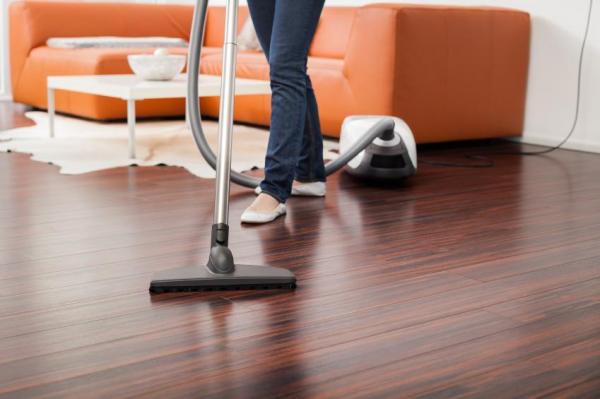
Now that you’re a pro on how to use a vacuum, here are some inventive ways you can put your vacuum to good use.
-
Clean your screens
Those who suffer from seasonal allergies know how crucial it is to keep “the outdoors” outside of your house. Because of this, it is a good idea to vacuum the screens of your windows weekly during allergy season. Clean your window screen and door track before those nasty allergens move into your home.
-
Clean your vents
Keep the air clean in your house by making sure that your vents are free of dust and debris. Uncover your vents and stick the hose end of your vacuum as far down the area as possible. You may consider not using an attachment at the end of your hose when completing this process since retrieving the attachment will be down-right impossible if it becomes loose.
-
Clean your appliances and electronics
Appliances are expensive. Keep your refrigerator running longer by vacuuming off the coils on the back of the unit. Vacuum out the lint trap on your clothes dryer to keep it free of debris. Use the soft brush at the end of your vacuum’s hose to rid your keyboard of crumbs and dust. Remove crumbs from your toaster as well.
-
Deodorize your house
Air fresheners may be harmful to our health. Instead of purchasing these products, consider using essential oils, baking soda, and your vacuum to keep your house free of offensive smells. Did your smelly dog stink up your favorite chair? Sprinkle baking soda on the cushions, and then use the upholstery brush to suck it back up through your vacuum. The doggy smells will be gone, and your dog will no longer be banished to the dog house. Speaking of dogs, did you know that you could remove fleas from your home by vacuuming?
-
Essential oil trick
Add a few drops of your favorite essential oil to your vacuum cleaner’s bag or filter. Enjoy the nice, natural aroma as you move through your house.
-
Clean your pet
If your vacuum does not terrorize your dog or cat, attach the brush and turn it on using the lowest setting. Gently rub the soft head across the back of your pet. Your dog or cat may enjoy this massage, and the loose hair will end up in the vacuum bag instead of on your floor or furniture.
-
Help with a fussy baby
Those with colicky infants know how frustrating late afternoons can be. Consider trying this trick. Swaddle your infant in a front carrier that holds your baby close to your chest. Vacuum your house while bouncing along with the infant. The sound of the vacuum, your bouncing movement, and the heat of your body may help your infant fall into a peaceful sleep.
Related: Best Commercial Vacuum Cleaner
How often do you need to vacuum?
Some say you need to vacuum once a week for every member living in your household. This includes pets. So, if your family includes mom, dad, brother, sister, and Rover, you need to vacuum five times a week.
What to do if you hate vacuuming
Some people hate doing laundry. Some people hate cleaning out the shower. Others hate vacuuming. What do you do if you hate vacuuming? It’s a necessary part of keeping a house tidy and clean. Here are some tips to help you get through the process.
-
Schedule a time to vacuum
Set aside a specific time during the week to vacuum. Schedule it. Write it on your calendar. Add a reminder to your phone.
-
Keep your mind off of it
Turn on the TV with closed captions. Read the dialog as you work your way through the room. Wear headphones and listen to an audiobook, podcast, or music. If you enjoy exercising, use the time vacuuming to do lunges across the room. Work your rear end and clean your house at the same time.
-
Hire someone to do it
While most do not have the economic resources necessary to hire a house cleaner, this is always one way to avoid tasks you hate. On a budget? Consider hiring the teenager next door to complete this task for you weekly. If you have kids, use the Tom Sawyer routine to encourage your child that vacuuming is a super fun task. Have your kids compete for the opportunity to use the vacuum. When your kids wise up to your shenanigans, pay them to do it for you.
-
Purchase a robot vacuum
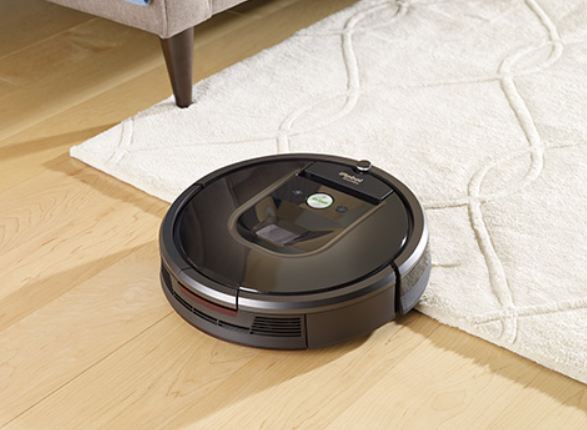
If you hate vacuuming, a robot vacuum may change your life. Robot vacuums have come down in price through the last several years making it affordable for most households.
If you are interested in purchasing one of these vacuums, make sure you consider what type of surfaces the machine will be forced to maneuver over. If your robot will need to make a transition between carpet and a flat surface, make sure you purchase one that can make that transition with ease.
When using the robot vacuum, one needs to remember to move electric and drapery cords. You also need to block furniture with low clearance because it may get stuck in those tight spots. No need to worry about steps. The robot vacuum has a monitoring system that keeps it from falling down a flight of stairs. Other than those concerns, the robot vacuum moves throughout the room, sucking up dirt and debris. This device is a must-have for those who hate to vacuum.
Regardless of how you feel regarding vacuuming, it is a necessary part of keeping a sanitary home. Vacuuming not only makes your home look and smell nicer, but it also helps remove allergens from the house that may affect you or your visitors.

